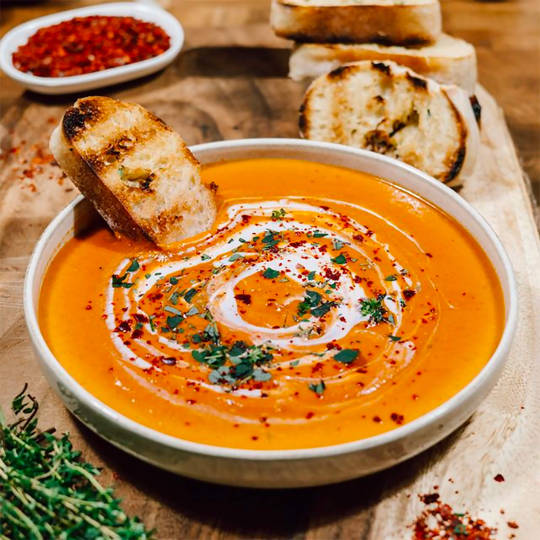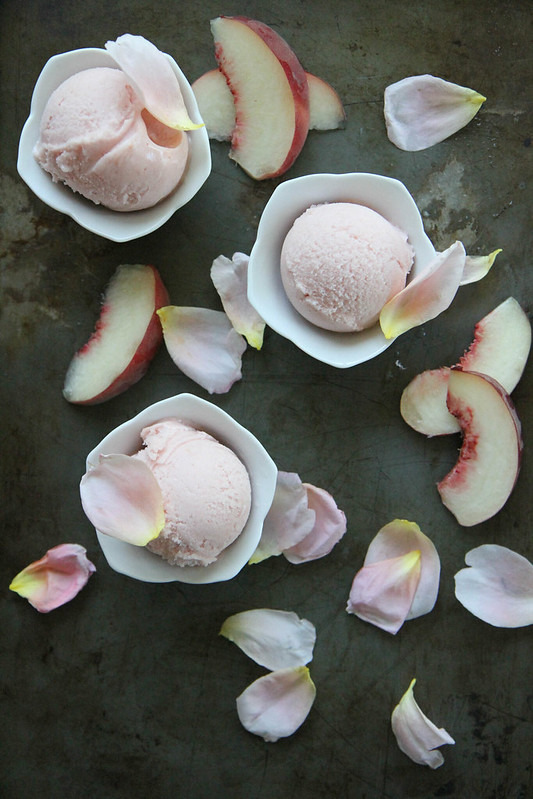#gluten free vegetarian
Explore tagged Tumblr posts
Note
The best gluten free chocolate chip cookies you have made?
It depends on how you like your cookies, Sam makes really good thick soft cookies, and I make flat softish cookies lol I don't know if that makes sense...
anyways, here is the recipe for the ones I have made (I just substitute the gluten for gluten-free and use whatever chocolate chips I have):
0 notes
Text

Roasted Cherry Tomato Bruschetta Pasta
#food#recipe#dinner#pasta#bruschetta#tomatoes#onions#vinegar#garlic#basil#vegetarian#vegan#gluten free#dairy free#baking
414 notes
·
View notes
Text





Almond Butter Curry Noodles (vegan, gluten-free + high protein)
215 notes
·
View notes
Text

Apple Butter Snickerdoodle Cookies (Vegan + GF)
#vegan#vegetarian#food#cookies#snickerdoodle cookies#dessert#desserts#apple butter#vegan food#gluten free#gf
126 notes
·
View notes
Text

Vegan Strawberry Milkshake
#drink#drinks#milkshake#strawberry#strawberries#strawberry milkshake#sweet#dairyfree#dairy free#glutenfree#gluten free#recipe#recipes#vegan#vegetarian#veganism#veganfood#vegan food#plantbased#plant based#govegan#go vegan#foodpics#food pics#foodporn#food porn#foodphotography#food photography
87 notes
·
View notes
Text

Air Fryer Corn on the Cob Make perfectly charred and flavorful corn on the cob with this easy air fryer recipe.
Recipe: https://omnivorescookbook.com/air-fryer-corn-on-the-cob/
107 notes
·
View notes
Text

Thai Coconut Mushroom Soup (via EatWell101)
#gluten free#gf food#dairy free#gluten free foods#vegan#vegetarian#meals#soups#coconut milk#red curry paste#eatwell101#favorite
59 notes
·
View notes
Text

Tomato soup lovers rejoice! 🍅 This version roasts and sautés all the ingredients to lock in deep flavors with hints of ginger and maple syrup, finished with super creamy soy skyr, a thick filtered yogurt 🍂🍁
#tomato#tomato soup#veganrecipes#plantbased#vegan#veganrecipe#plantbasedrecipes#plantbasedrecipe#veganism#plantbased recipes#vegetarian#go vegan#vegan soup#vegan recipes#vegan recipe#vegan cooking#vegan food#veganfood#gluten free#veggies#spices#baked vegetables#sautéed#creamy soup#fall food#autumn#fall vibes#fall recipes
238 notes
·
View notes
Text

White Peach and Rose Sorbet
4 cups white peaches, sliced
2 Tbsp. lemon juice
2 Tbsp. rose water
1 cup sugar
½ cup water
2 Tbsp. lemon juice
rose petals for garnish
In a medium pot, combine the peaches, lemon juice, rose water, sugar and water to a simmer. Cook for about 5 minutes, stirring often, until the sugar has dissolved and the peaches are soft.
Let the mixture cool for about 15 minutes, then pour the contents into the jar of a blender. Puree on high until the mixture is very smooth. Add extra 2 tablespoons of lemon juice and quickly blend for a few more seconds.
Pour the sorbet mixture into an ice cream maker and churn according to directions or just pour it into a metal loaf pan and put in the freezer. Either way, the sorbet should be in the freezer at least 6 to 8 hours.
#angelkin#food#dessert#ice cream#dairy free#gluten free#vegan#vegetarian#fruit#peach#lemon#flower#rose#cloudkin#elfkin#faekin#ghostkin#kitsunekin#merkin#slothkin#spring
103 notes
·
View notes
Text
Performer's Tea

I do community theatre, and after rehearsals, my throat ends up dry and painful. I like to make this tea to soothe it. It works well for singers, actors, or anyone else using their voice. Makes enough for one serving but can easily be multiplied so you can share it with the whole cast.
Ingredients
♡ 1/4 tsp ground cinnamon
♡ 1/8 tsp ground turmeric
♡ 1 tsp ground ginger
♡ ≈1 cup boiling water
♡ 1 tsp honey
♡ 1 tsp lemon juice
Instructions
☆ Bring water to a boil in kettle. If using an electric kettle, set it to "Herbal". This should be around 212°F or 100°C
☆ Add ground spices to a teacup or mug.
☆ When water has boiled, pour small amount into cup and mix until consistency of paste. Then slowly add desired amount of water, stirring continuously
☆ Stir in honey and lemon juice
#my recipe#my recipes#gluten free#recipe#gluten free recipe#gluten free recipes#vegetarian#nut free#dairy free#medicinal tea#tea recipe#tea#musical theatre#musical theater#theatre#theater
28 notes
·
View notes
Note
Do you just sub flour for gluten free flours and make things vegetarian in recipes? You can then use tasty!
Yeah! I honestly just forgot that app existed lol Thanks!
0 notes
Text

5-Bean Vegetarian Chili
#food#recipe#dinner#chili#stew#beans#onions#poblano#jalapeno#peppers#tomatoes#black beans#red beans#navy beans#garlic#oregano#mustard#cumin#chipotle#cheese#vegetarian#gluten free
219 notes
·
View notes
Text





Grilled zucchini platter
244 notes
·
View notes
Text



Canadian company, Nomad Nutrition, makes allergy free backpacking/emergency food. Their products are soy free, gluten free and vegan and have no preservatives or chemical additives.
They're having a huge Black Friday sale! Get 40% off and free shipping over $75. No coupon code required, just add the items to your cart to get the deal. Not an ad - just thought I'd share this great deal with you!
https://www.nomadnutrition.co
#vegan#food#backpacking#emergency food#gluten free#nomad nutrition#vegetarian#healthy#black friday#sale#deal#vegan food
18 notes
·
View notes
Text

CHOCOLATE BERRY FROYO CUPS (VEGAN HIGH-PROTEIN)
#protein powder#sweet#snacks#desert#desserts#chocolate#body building#body builder#bodybuilding#bodybuilder#strawberry#strawberries#peanut#peanuts#peanut butter#peanut butter cups#coconut yoghurt#coconut#yogurt#recipe#recipes#vegan#vegetarian#soy free#plantbased#plant based#govegan#go vegan#glutenfree#gluten free
115 notes
·
View notes
Text

Garlic Fried Rice A Chinese style garlic fried rice featuring crispy rice and tender eggs stir fried with a savory sauce that has a strong garlic aroma.
Recipe: https://omnivorescookbook.com/garlic-fried-rice/
45 notes
·
View notes